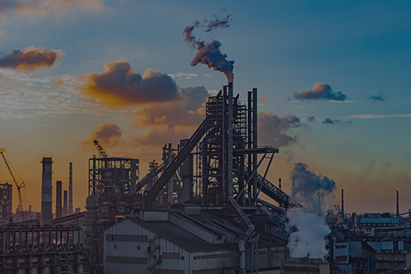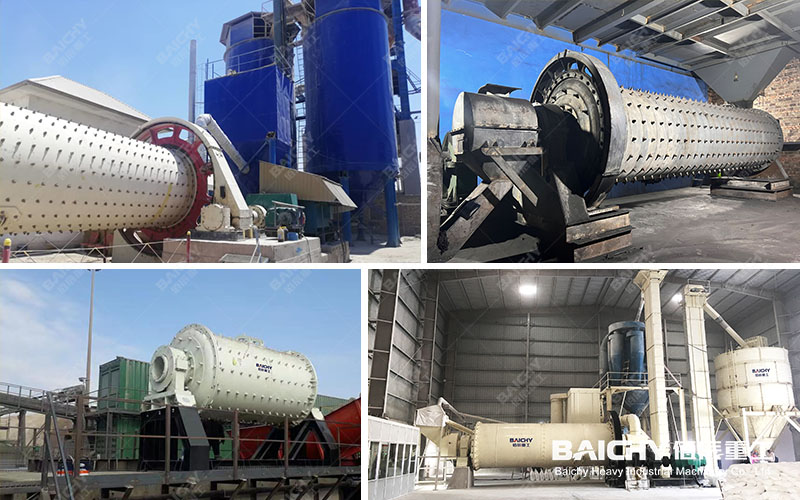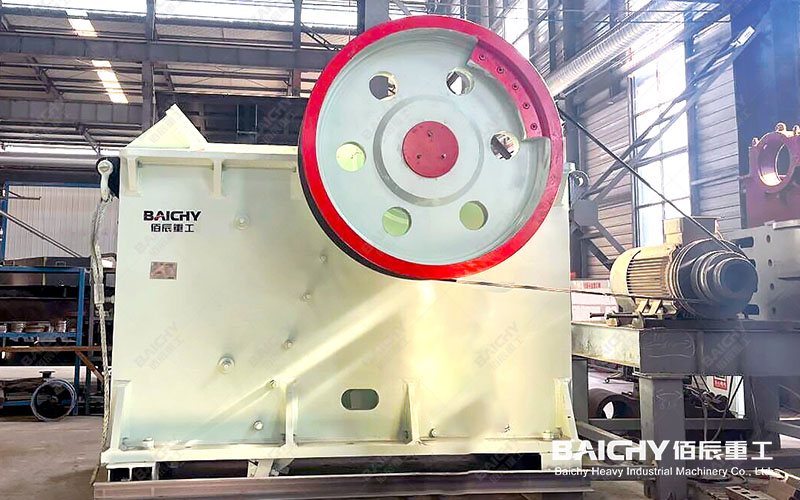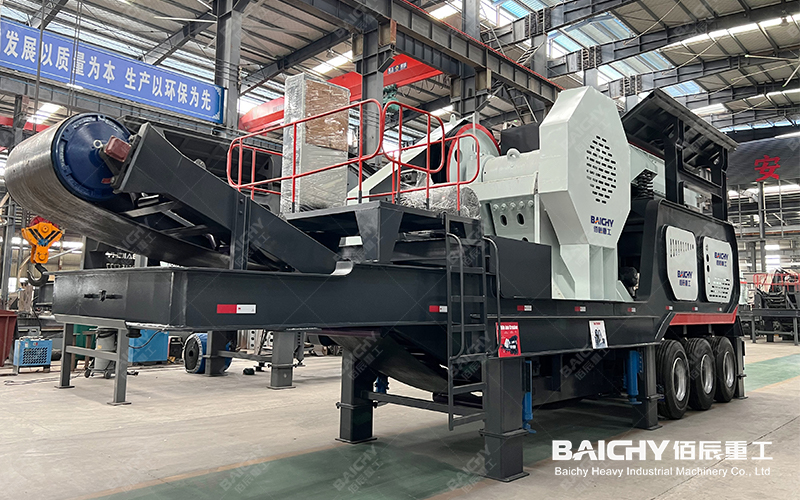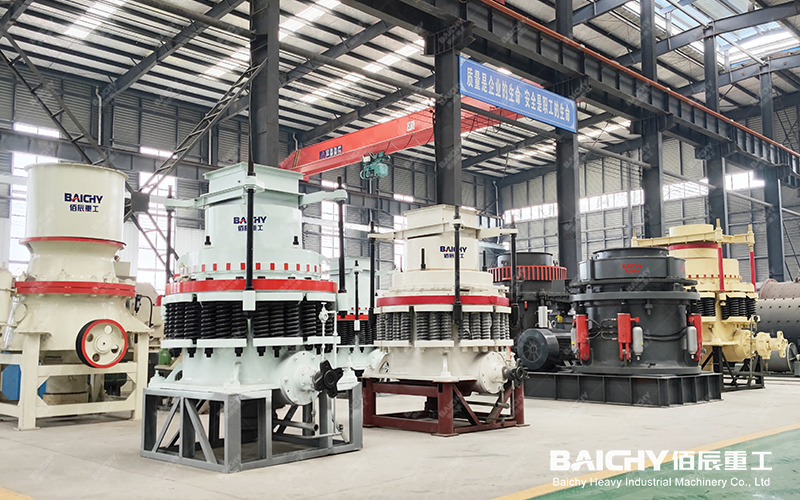Jaw crushers are widely used in the mining and construction industry due to their ability to crush hard materials efficiently. They are a primary choice in crushing applications involving various materials like ores, concrete, and more. In this article, we will discuss the advantages and disadvantages of jaw crushers, shedding light on their overall impact on industrial operations.
What is a Jaw Crusher?
Jaw crushers, often called "rock breakers," are heavy-duty machines mainly used for the initial crushing process. They are specifically designed to tackle the largest and toughest materials, breaking them down into smaller pieces that can then be further processed by other crushing equipment. Jaw crushers have several key benefits:
They can handle a wide variety of materials, from hard granite to recycled asphalt, without showing significant wear and tear, which is common in some other types of primary crushers.
They tend to produce less fine material and dust compared to other options.
Jaw crushers are often more efficient than primary gyratory crushers.
Because of their compact size, jaw crushers are perfect for tight spaces like underground mines or mobile crushing operations where larger primary crushers may not fit.
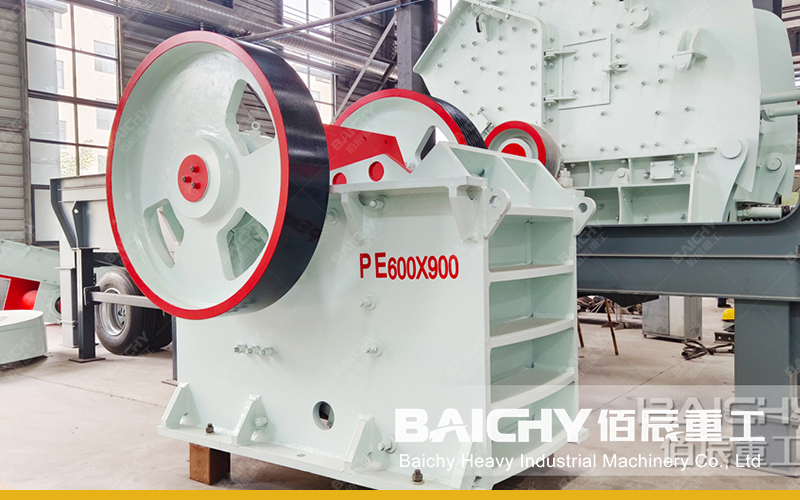
PE Jaw Crushers
The PE jaw crusher uses a motor as its power source. The motor inputs power to the pulley through the V-belt. The pulley drives the eccentric shaft to rotate and drive the movable jaw to swing forward and backward and up and down.
When the movable jaw plate moves close to the fixed jaw plate, the volume of the crushing chamber decreases, and the material in the crushing chamber is squeezed or chopped. When the movable jaw plate moves away from the fixed jaw plate, the volume of the crushing chamber increases, and the small pieces of crushed material in the crushing chamber are discharged from the discharge port. This is a continuous cycle movement to achieve crushing operations.
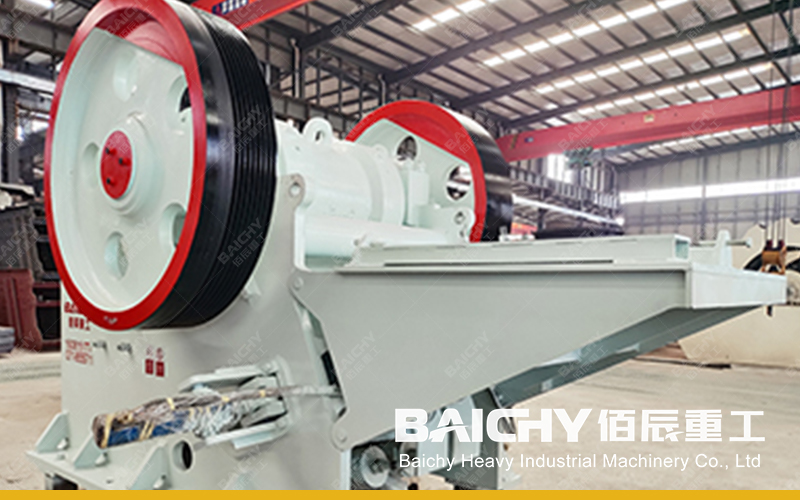
C series Jaw Crushers
The C jaw crusher is mainly composed of a frame part, an eccentric shaft rotating part, a crushing chamber working part, a safety device, and a discharge port adjustment device. The crushing method of the C series jaw crusher is a bending extrusion type. The motor drives the belt and pulley, and the movable claw swings up and down through the eccentric shaft.
When the movable jaw pushes the movable jaw to move toward the fixed jaw, the material is crushed or chopped. When the movable jaw and the movable jaw plate retreat under the action of the eccentric shaft and the spring, the previously crushed or chopped material is discharged from the lower discharge port of the jaw plate. As the motor rotates continuously, the jaw of the crusher periodically crushes and discharges materials to achieve batch production.
How does a Jaw Crusher work?
The main purpose of a jaw crusher is to break large pieces of material into smaller particles for subsequent processing or transportation. Whether it is hard rock, ore, or recycled construction waste, a jaw crusher can handle it with ease. By simulating the working principle of animal chewing, the strong squeezing and shearing action between its moving and static jaws enables the material to be efficiently crushed in the crushing chamber.
Conclusion
You know that there are several different types and styles of crushing equipment. The exact crushers you need—jaw, cone, impact, or gyratory—will depend on your site, the product you’re making, and how much you need to produce.
An individual crusher’s construction and capabilities also dictate where in your processing operations it will fit. That is, you may have multiple types of crushers situated in primary, secondary, and tertiary stations in a circuit format to perform the necessary material reduction work. Each type of crusher brings unique strengths and benefits to the process.



